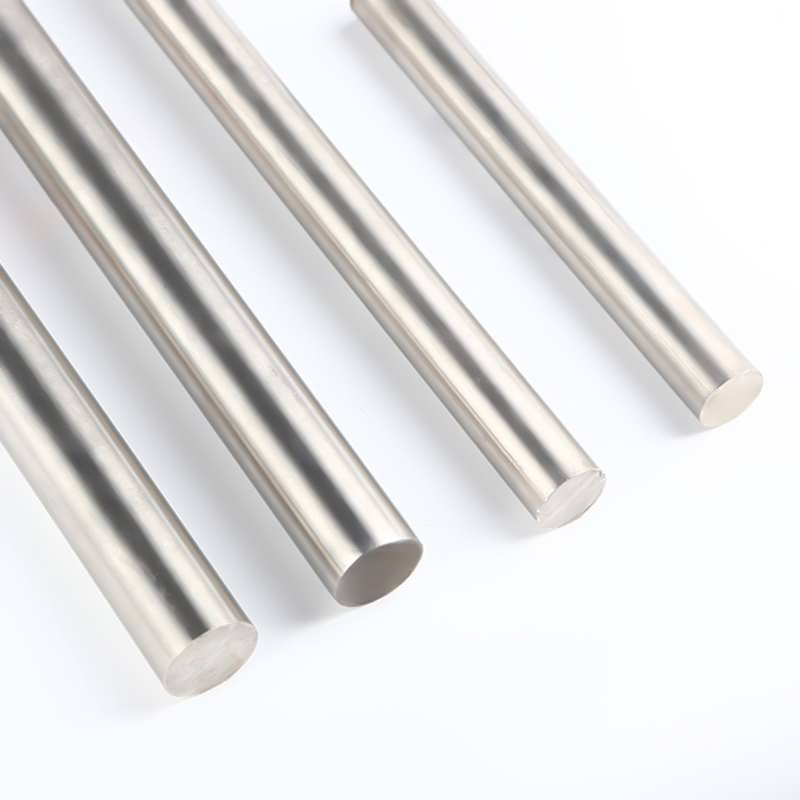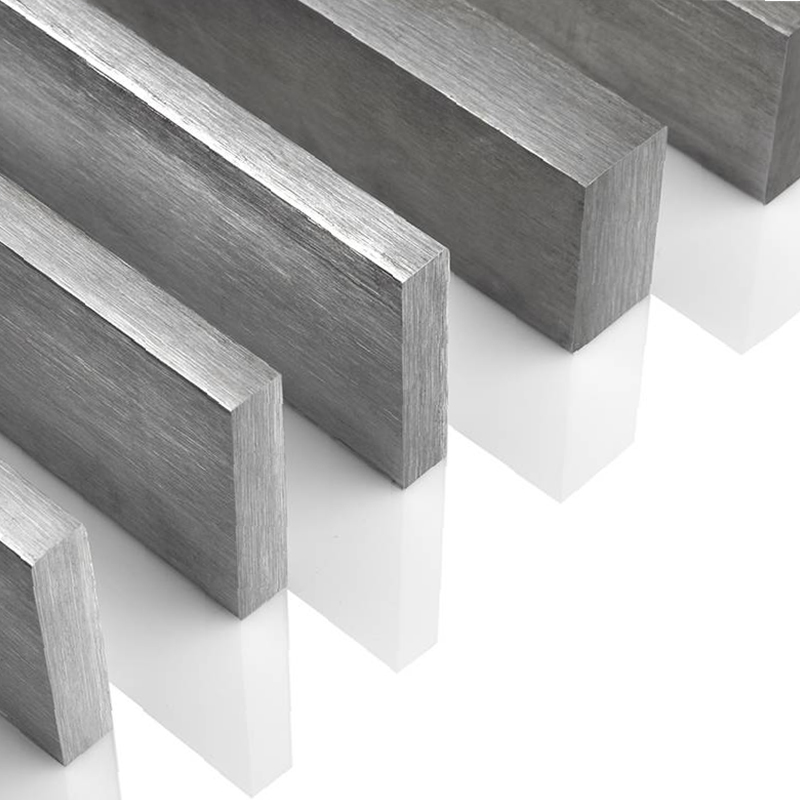What is 304 Stainless Steel Coil?
304 stainless steel is an austenitic stainless steel alloy primarily composed of the following elements:
- Chromium (18-20%)
- Nickel (8-10.5%)
- Iron (Balance)
- Carbon (≤ 0.08%)
- Manganese (≤ 2%)
- Silicon (≤ 1%)
- Phosphorus and Sulfur (≤ 0.045% and ≤ 0.03%)
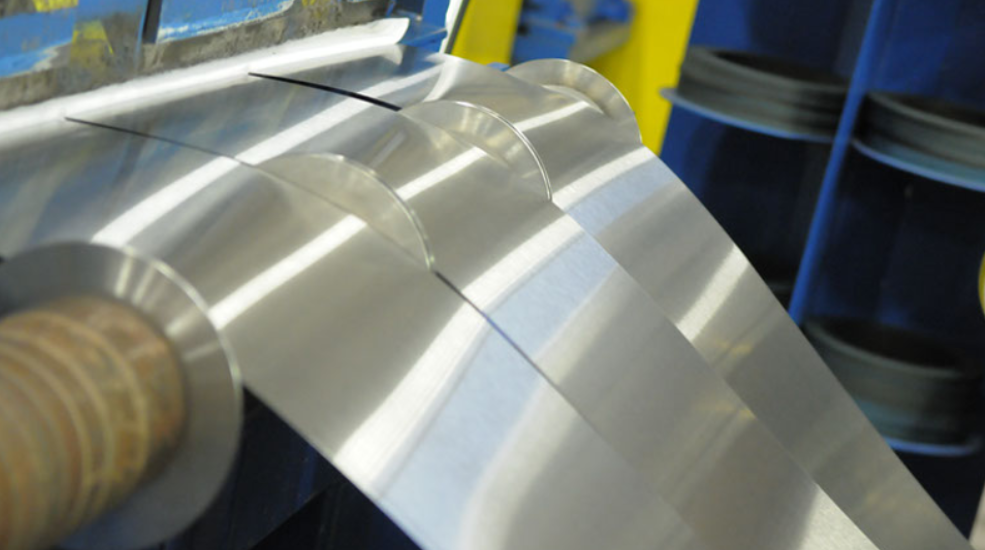
Mechanical Properties
- Tensile Strength: 515 MPa (75,000 psi)
- Yield Strength: 205 MPa (30,000 psi)
- Elongation at Break: 40%
- Hardness: ≤ 90 HRB (Rockwell Hardness)
Highlighted Features
- Excellent Corrosion Resistance
304 stainless steel is highly resistant to oxidation, corrosion, and rust in various environments, including marine, acidic, and high-temperature applications. - High Durability and Strength
Its excellent tensile and yield strength ensure durability in high-stress environments, making it a long-lasting material for industrial and structural applications. - Good Weldability and Formability
304 stainless steel can be easily welded using conventional techniques, making it ideal for fabrication and manufacturing. It also has excellent ductility, allowing for deep drawing and bending. - Hygienic and Easy to Clean
Due to its non-porous surface, 304 stainless steel is widely used in food processing and medical industries where cleanliness is essential. - Aesthetic Appeal
Its smooth, shiny finish makes it a popular choice for architectural and decorative applications.
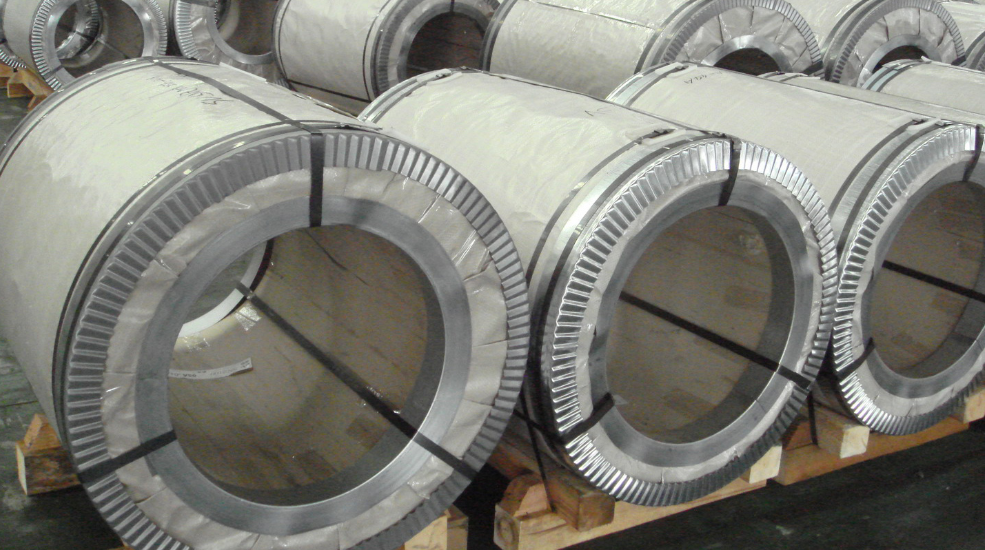
Applications
- Industrial and Manufacturing Sectors
Chemical and petrochemical industries use 304 stainless steel for pipes, tanks, and heat exchangers.
Automotive and aerospace industries rely on it for structural components due to its strength and corrosion resistance. - Construction and Architecture
Used for roofing, cladding, and structural elements in buildings.
Architectural applications such as railings, staircases, and decorative panels benefit from its aesthetic appeal. - Food and Beverage Industry
Ideal for food processing equipment, kitchen appliances, and storage tanks due to its hygienic properties.
Commonly found in commercial kitchens, breweries, and dairy processing plants. - Medical and Pharmaceutical Applications
Used in surgical instruments, hospital equipment, and medical devices due to its biocompatibility and easy sterilization. - Energy and Power Generation
Utilized in heat exchangers, boilers, and power plants for its ability to withstand high temperatures and pressure.
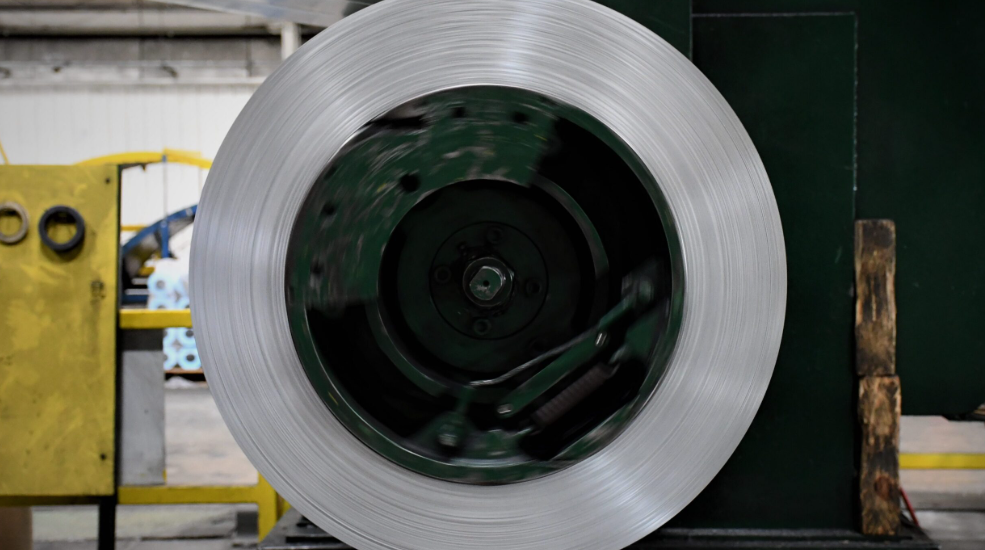
Advantages
- Long Lifespan and Cost-Effectiveness
lthough the initial cost may be higher than other materials, 304 stainless steel’s durability and low maintenance requirements make it a cost-effective choice in the long run. - Versatility for Various Applications
Its wide range of applications across multiple industries demonstrates its adaptability and effectiveness. - Environmentally Friendly and Recyclable
304 stainless steel is 100% recyclable, making it an eco-friendly choice for sustainable development. - Resistance to High and Low Temperatures
It maintains its strength and integrity at extreme temperatures, making it suitable for both cryogenic and high-heat environments.
How to Choose the Right 304 Stainless Steel Coil?
- 1. Determine the Surface Finish
No.1 Finish:Hot-rolled, annealed, and pickled, suitable for industrial applications.
2B Finish:Cold-rolled, annealed, and pickled with a smooth, dull finish.
BA (Bright Annealed) Finish:Provides a reflective, mirror-like appearance.
No.4 Finish:Brushed finish, commonly used in architectural and decorative applications. - 2. Consider Thickness and Width
Choose the appropriate thickness and width based on your application needs. Standard thicknesses range from 0.3mm to 6mm. - 3. Verify Quality Standards
Ensure the material meets international standards such as ASTM A240, JIS G4305, and EN 10088-2 for quality assurance.
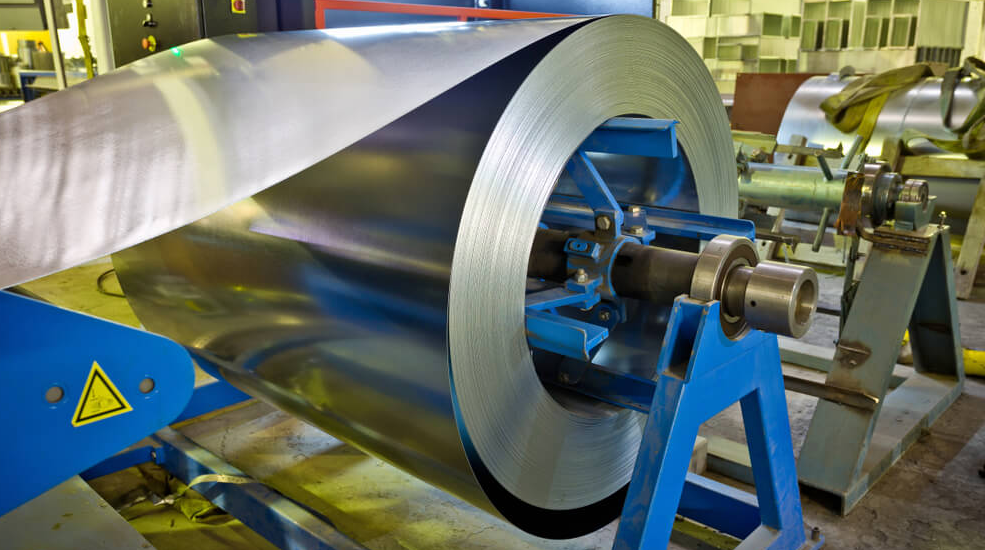
Maintenance and Care Tips
- Regular Cleaning
Use mild soap or detergent and water to clean the surface.
Avoid abrasive cleaners that can scratch the surface. - Prevent Contact with Chlorides
Exposure to chlorides (such as salt and bleach) can cause pitting corrosion.
Rinse thoroughly if exposed to harsh chemicals. - Avoid Iron Contamination
Do not use carbon steel tools or brushes on stainless steel to prevent contamination and rust formation. - Inspect for Damage
Regularly check for scratches, dents, or signs of corrosion, and address issues promptly.
Summary
Whether you are in the market for stainless steel materials for industrial applications or architectural projects, 304 stainless steel coil remains a top choice for reliability and performance.

